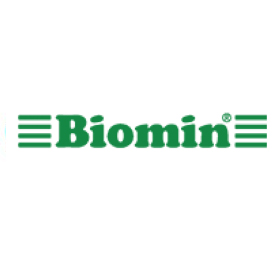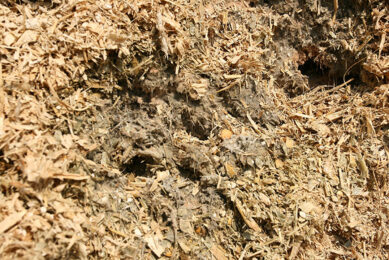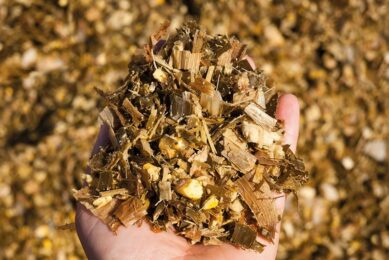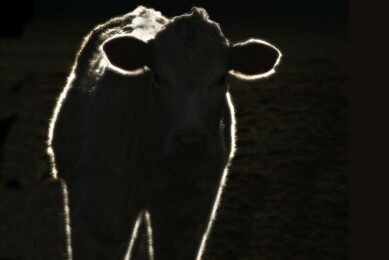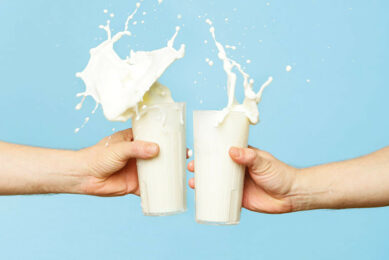Heat stress management of dairy cows
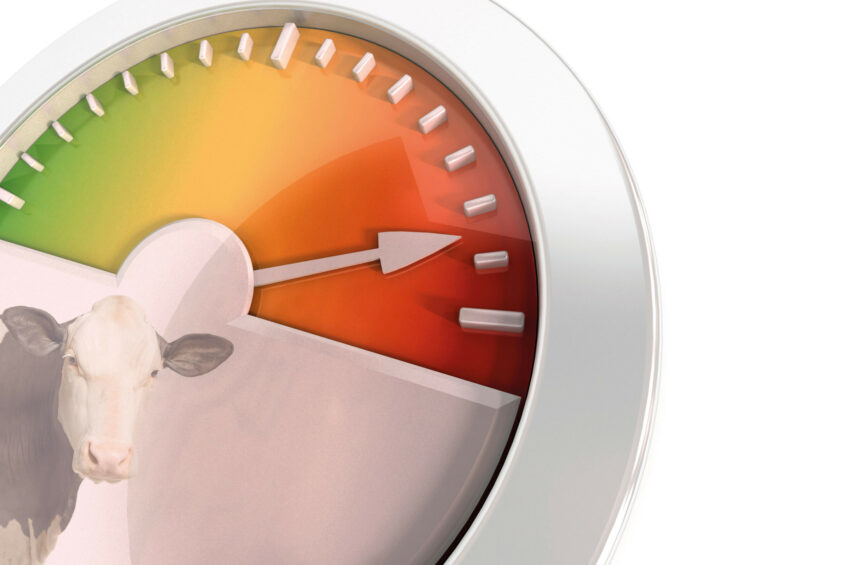
Lower production and other consequences of heat stress can begin at a temperature of just 22°C. Here are tips to cope with the challenge.
Modern dairy breeds like the Holstein Friesian breed are developed in northern countries, meaning they have a tolerance to cold weather conditions but susceptible to heat. In many areas around the world, summers are hot and long.
This is not only a challenge to humans but even more so for dairy cows, as they are already exposed to heat stress when temperatures rise above 22°C, especially when accompanied by high humidity. Figure 1 illustrates the various levels of heat stress in dairy cows according to the temperature-humidity index (THI).
Figure 1 Heat stress and temperature humidity index (THI).

Effects of heat stress
With rising outdoor temperatures, a cow’s body temperature also rises. This comes with an increase in their respiratory rate, salivation and water consumption, indicating noticeable discomfort. What follows is usually a drop in dry matter intake (DMI), milk yield and milk fat production, and impaired reproductive performance. High producing and fresh cows are particularly affected; however, heat stress also has an underestimated negative effect on dry cows and heifers.
Several physiological changes are connected to heat stress in dairy cows. For example, the alteration of blood distribution towards the peripheral tissues helps the cow cope with the heat by increasing heat loss. Panting is also a way of cooling the body, which is important for cattle as their ability to sweat is limited. However, with increased panting, the acid-base balance and pH of the blood might be altered, possibly leading to respiratory alkalosis. On the other hand, the shift towards higher proportions of grain in summer diets might influence the rumen and result in rumen acidosis. As such, the subsequent drop in DMI and milk yield and failures in reproductive performance are not surprising.
Table 1 – Tips to counteract heat stress |
| Provide adequate shade |
| Provide adequate clean water, especially after milking |
| Split daily ration: 40% early morning, 60% late afternoon |
| Supply high quality forage |
| Use Levabon Rumen |
| Use Digestarom |
Chilling out
It is therefore necessary to minimise the effects of heat stress through an integrated solution of management, cow comfort and nutrition. Table 1 provides tips to counteract heat stress. Talking about cow comfort, it is important to protect dairy cows from exposure to direct sun and provide adequate shade. Availability of water is another important issue when minimising the effects of heat stress. Attention should be given to ensure that water is clean and easily accessible. Therefore, water troughs should be cleaned regularly and placed at multiple locations in the barns, holding pens, travel alleys and feeding area. Cows should also have water easily available right after milking, so it might be necessary to place extra water source on the way back from the milking parlour.
Under extreme weather conditions, feeding regimes might have to be adjusted in order to maximise feed intake. Cows might refuse to eat during the hot daytime when sun radiation is strong. They are more likely to consume feed when radiation is moderate and the temperature cools down, for example during the night. Therefore, it might be advantageous to reschedule feeding times and to feed 40% of the daily ration early in the morning and 60% late in the afternoon/evening, giving cows access to fresh feed when they are more likely to consume it.

Adjustments to diet composition
Cows under heat stress have depressed DMI; simultaneously they have similar, if not slightly higher, requirements for different nutrients. Therefore, adjustments in diet composition might be needed in order to meet these requirements and prevent high milk yield losses. To choose the proper diet composition under heat stress is a challenge.
On the one hand, a reduced forage-to-concentrate ratio supports DMI and increases nutrient density. On the other hand, fibre content should not be compromised too much, as this may easily lead to acidotic conditions in the rumen. If this pH drop prevails for too long, acute ruminal acidosis might be the result. Thus, at times of heat stress the best quality forage, with easily fermentable fibre and high digestibility, should be supplied.
Supplementing diets with autolyzed yeast
Another beneficial tool is to add autolyzed yeast, like Levabon Rumen, to the diet in order to stabilise rumen pH and thus support gastrointestinal comfort. To meet the energy requirements of heat stressed cows with a reduced feed intake, besides increasing the concentrate-to-forage ratio, other solutions that can help to increase nutrient digestibility are also helpful.
Supplementation with autolyzed yeast, might be beneficial, as it enhances rumen efficiency by getting more nutrients from the same amount of feed. The aim is to help the dairy cow maintain ruminal and digestive comfort and to minimise feed consumption losses. The yeast product helps to improve digestibility in cows and efficient feed utilisation, even under non-optimal environmental conditions. Unlike yeast cultures, autolyzed yeast consists of pure yeast without carrier, readily available for rumen microflora as cells are already broken-up because of the autolysis (self-digestion) process. This supplies high quality nutrients to rumen microbiota like B-vitamins, peptides, amino acids and functional components like nucleotides, enzymes and cell-wall carbohydrates (mannan, glucan). They help to maintain ruminal and intestinal comfort and health, especially important under heat stress conditions. Additionally, Digestarom — a phytogenic feed additive— helps to support DMI by stimulating feed intake and preventing sharp drops in DM consumption.
Integrated solutions
An integrated solution should be applied to minimise production and profitability losses associated with the effects of heat stress in dairy cows. This should include cow comfort, by providing animals with a comfortable environment and access to water, adjusted feeding management and necessary diet modifications.
Feed additives like Levabon and Digestarom can be valuable tools that help to support DMI, increase digestibility and gastrointestinal comfort, thus minimising the negative effects associated with hot and humid environmental conditions.
Join 13,000+ subscribers
Subscribe to our newsletter to stay updated about all the need-to-know content in the dairy sector, two times a week.


